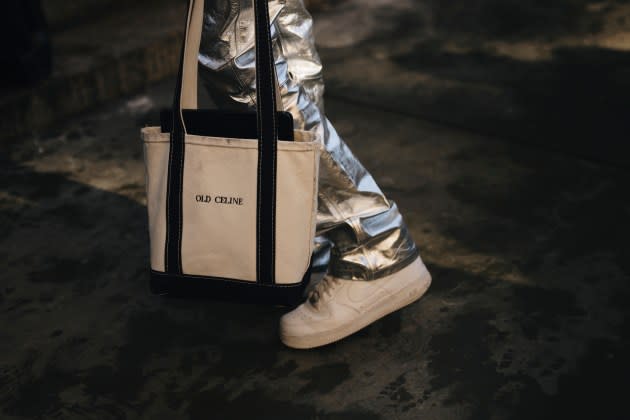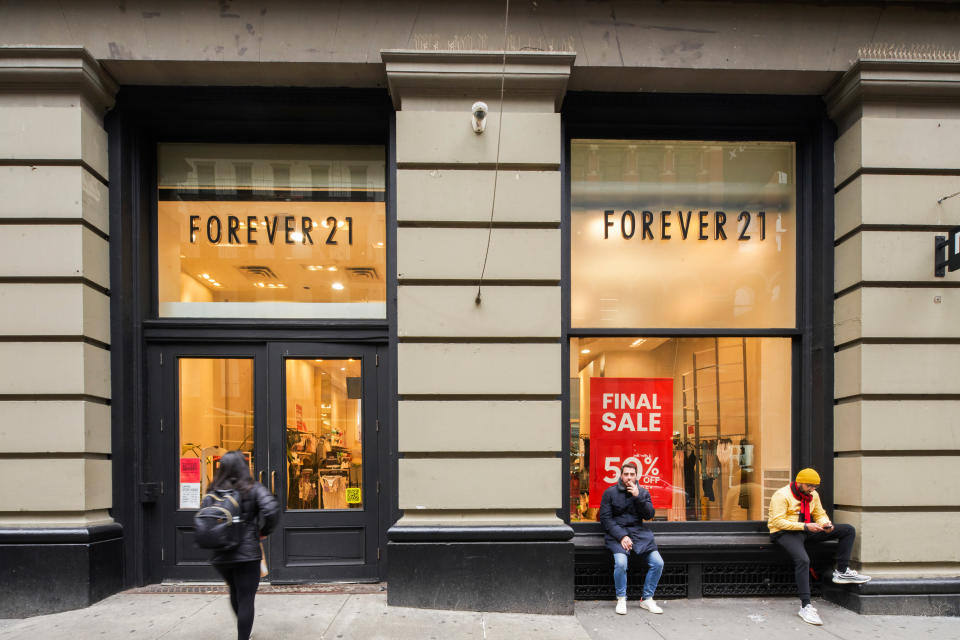What’s Really Behind the Fast Fashion Versus Luxury Purchase Divide?

Often separated into contrasting markets, consumers of fast fashion and luxury might not be so different after all. Today’s consumers are purchasing from both categories as they shop, moving seamlessly between consumer behaviors that cater to present needs, desires and occasions.
To gain a better understanding of these motivations, Radial, an e-commerce provider, conducted a consumer survey of 1,000 U.S. adults, revealing current consumer sentiments on fast fashion, the quiet luxury trend and what is driving purchase behaviors. The report defines “quiet luxury” as “a fashion style that embraces enduring craftsmanship, timeless logo-free wardrobe staples, understated elegance and long-term value,” while fast fashion is “inexpensive clothing that is mass produced quickly in response to the latest trends [and] is all about visibility and catering to the moment” with callout brands including H&M, Zara, Forever21 and Shein.
More from WWD
TikTok, Captiv8 Expands Partnership With Social Commerce Integration
Most Americans Believe Political Merch Impacts Election Results, Survey Reveals
Fashion Industry Makes Progress on Sustainability, but Still Struggles With Circularity
As consumers continue to go between shopping fast fashion and quiet luxury in tandem, the authors of the report noted that “while quiet luxury has long been a fashion principle of the affluent, quiet luxury now appeals to a broader market as consumers seek to get the most value and longevity out of their apparel purchases and realize their sustainability values.”

According to the company’s survey, quiet luxury is a well-known concept with nearly 60 percent of respondents affirming their understanding of the term’s presence in fashion. But what does that mean? Seventy-eight percent of respondents cited quiet luxury having high-quality materials, while 56 percent cited timeless and classic, trend-proof styles. Another 43 percent said quiet luxury has a minimalistic design while being branding/logo-free and 43 percent said quiet luxury embodies the longevity of an item or investment. Just over 31 percent also tied quiet luxury with ethical and sustainable practices.
Consumers said the most important factors for purchasing clothing are the quality of materials (63 percent), if something is a timeless, classic, staple item (45 percent), brand reputation (37 percent), environmental impact (31 percent), if something follows the latest style or trend (30 percent) and if something is recommended by friends or influencers (21 percent).
With these understandings, Radial then asked consumers which factors were taken into consideration when deciding to shop fast fashion versus luxury finding that the factors that drive quiet luxury purchases are similarly, the quality of materials (76 percent), timeless and classic styles (67 percent), brand reputation (66 percent) and sustainability practices (57 percent). In contrast, values that drive fast-fashion purchases were found to be shopping convenience and accessibility (62 percent), trendiness and fashion-forward styles (59 percent), price and affordability (58 percent) and social influence (54 percent).
Looking specifically at Gen Z consumers, the report found splurges for high-quality items because of the quality of materials (74 percent), timeless/classic styles (60 percent) and brand reputation (57 percent). Fast fashion wins for shopping convenience and accessibility (59 percent), sustainability (51 percent) and trendiness (51 percent) with this generation.
In line with which qualities the respondents put more value in, the authors of the report noted that the surveyed consumers report having an average of 69 percent quiet luxury and 31 percent fast fashion items in their current wardrobes, which suggests that as consumers lean toward purchasing more staple, timeless items they still have a substantial amount of fast fashion.
Additionally, overall consumers said they’re “highly satisfied” with both their higher-end clothing purchases (69 percent) and trendy, less expensive purchases (66 percent). However, Gen Z is a bit more discerning with the younger generation showing as the most likely to be very satisfied (37 percent) but also the least satisfied (6 percent) with their luxury purchase made in the last year — this compares to 36 percent and one percent, respectively, for Millennials.
Notably, experiences were found as an important factor for consumers when shopping for luxury versus fast-fashion items. While luxury brands were praised for excelling at providing personalized content and/or recommendations while keeping brand messaging consistent across channels, fast fashion brands were preferred for providing multiple channels and easy transactions.
Best of WWD


